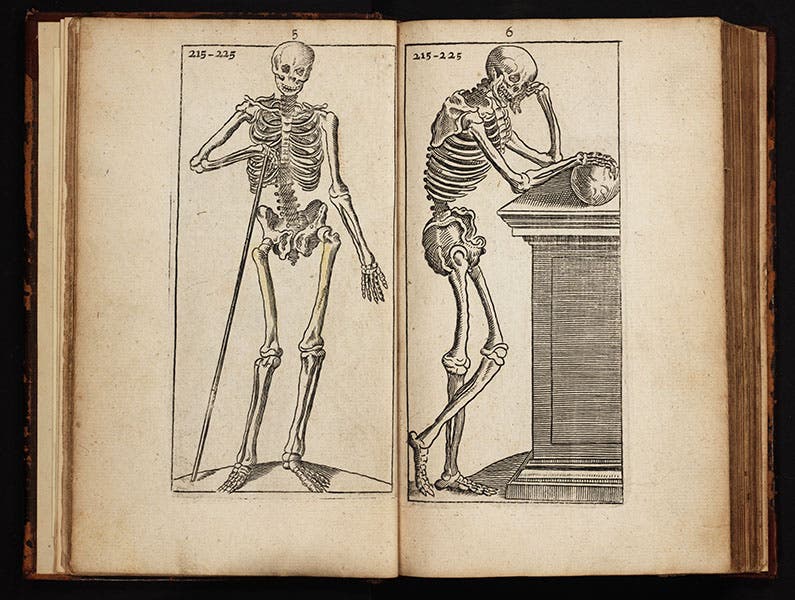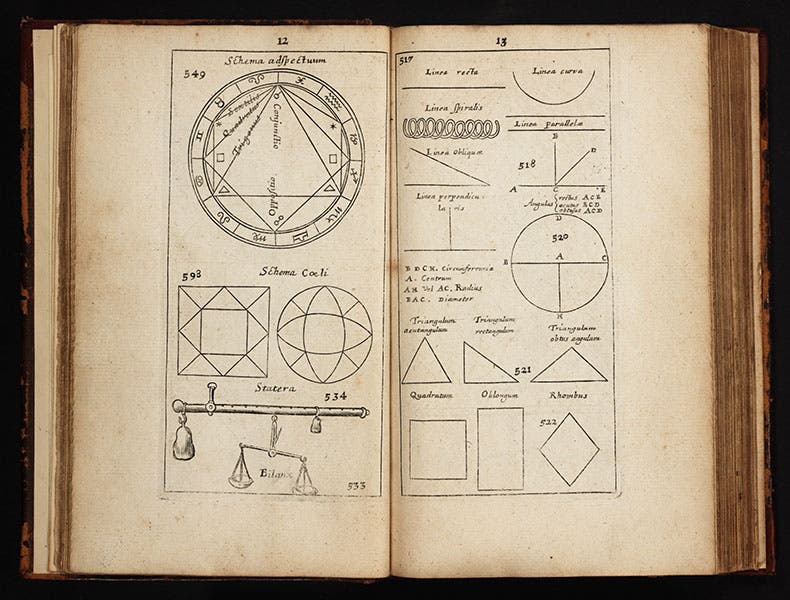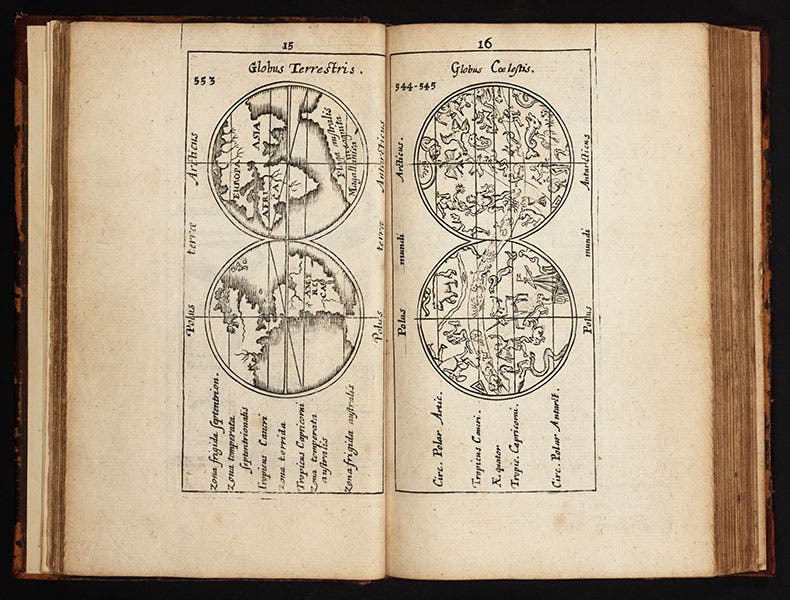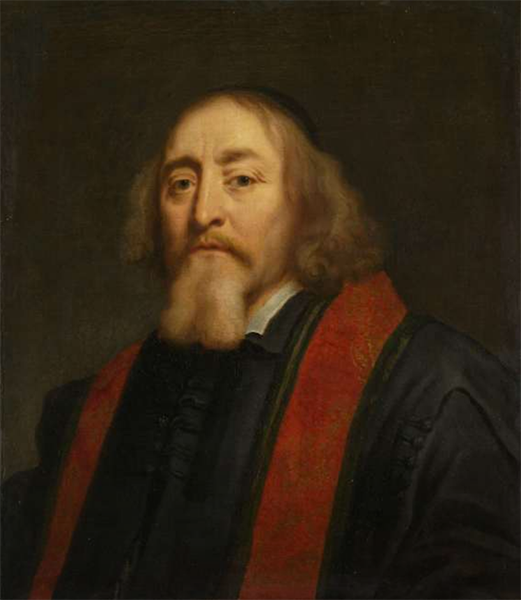Scientist of the Day - Johann Comenius
Johann Amos Comenius, a Moravian educational reformer, was born Mar. 28, 1592. As a Protestant in Catholic Bohemia, he was forced to flee in 1628, and he spent the rest of his life in exile, mostly in Poland, but also in England, Sweden, and finally the Netherlands. Like Giordano Bruno, he managed to publish a great deal despite his peripatetic existence. His early books, such as his Janua linguarum reserta (The Gates of Language Opened, 1631) were concerned with methods of teaching language. Comenius felt that far too much attention was placed on rhetoric, and not enough on language as a vehicle of description. Things and the labels for things are what matter, not abstractions.
Comenius’s argument is interesting, because in 17th-century natural philosophy, Francis Bacon was arguing very much the same: “To resolve Nature into abstractions is less to our purpose than to dissect her into parts." Bacon wanted us to turn away from texts to the study of Nature herself. It is not surprising that Comenius considered himself a disciple of Bacon, nor that Baconians in England and the Netherlands liked what they heard from Comenius and invited him to come in and reform their educational systems (without, alas, much success).
We have in our collections a 1670 three-language edition of the Gates of Language, titled Janua linguarum trilinguis. It is clear that Comenius felt strongly that words and images are both necessary in learning language; the first four plates here are from our copy and show cosmological diagrams, Vesalian skeletons, some astrological aspects and houses, and a pair of globes.
Comenius’s fondness for images is even more apparent in his Orbis Sensualium Pictus, (The Sensible World Visualized, 1658), a picture book for children. It represented Comenius' ideas on how children should be taught language. Instead of just memorizing vocabulary and parsing verbs, children should learn from the world, or in this case, from the pictorial world. The book contained about 150 pictures, each one with a theme of sorts; we see the image for “Writing”, from an English-Latin edition in the Folger Library (fifth image).
By the end of this lesson, the student will know about ink-horns, quills, and blotting paper, and will have learned that some languages are written from left to right, while others go from right to left, and from the top down. But because all these facts are tied to a picture with tiny identifying numbers, as facts they become part of something larger and more coherent, a little subset of nature, and much more easily remembered because of that. Learning language from pictures is not only more fun, but more reliable and more informative. You as children learned this way, and your children are doing or have done the same. It is an unbeatable system, but before Comenius, there were no picture books for children. We owe him a nod of gratitude on this, his natal day.
There is an oil portrait of a kindly-looking Comenius in the Rijksmuseum in Amsterdam, the city where Comenius spent his last days (sixth image). Dr. William B. Ashworth, Jr., Consultant for the History of Science, Linda Hall Library and Associate Professor, Department of History, University of Missouri-Kansas City. Comments or corrections are welcome; please direct to ashworthw@umkc.edu.











